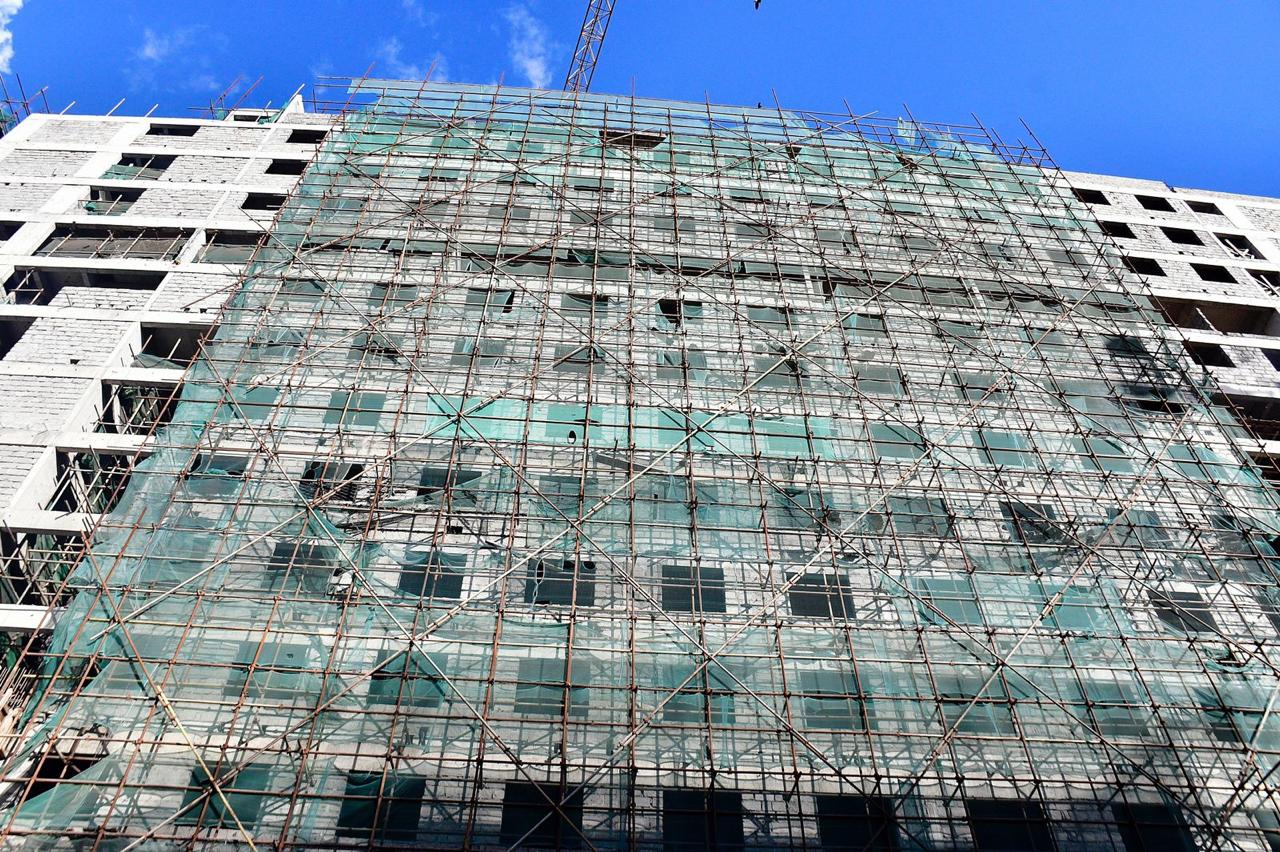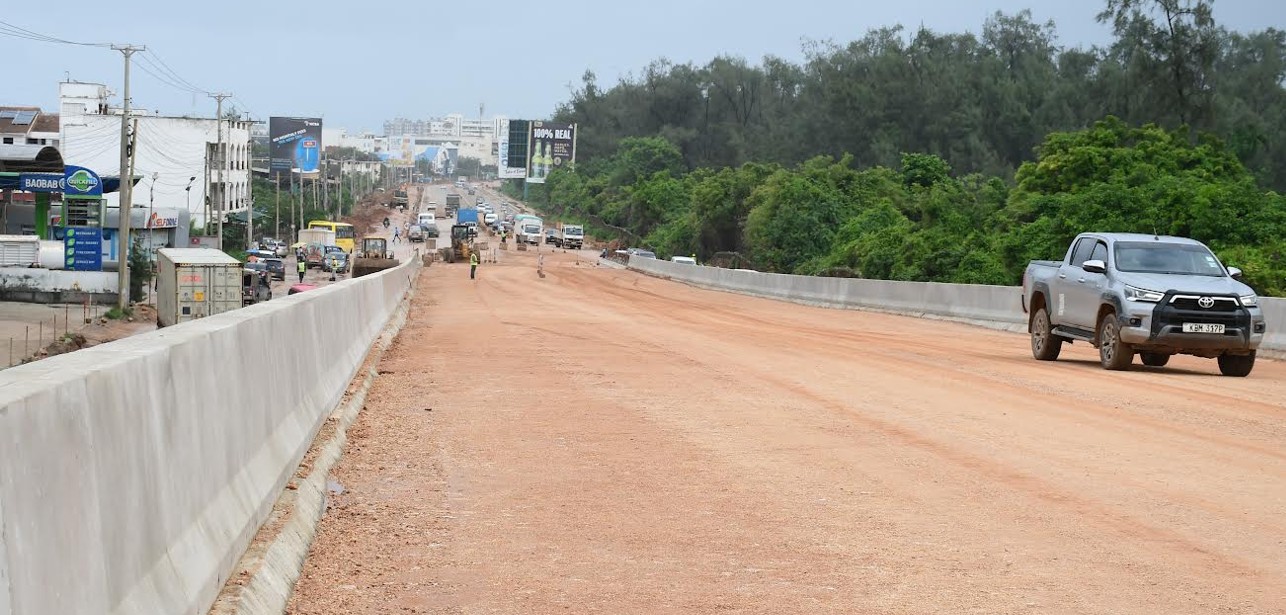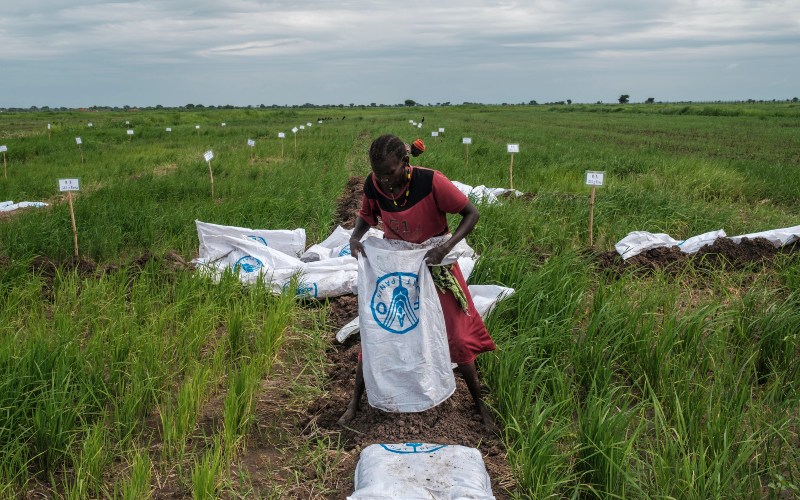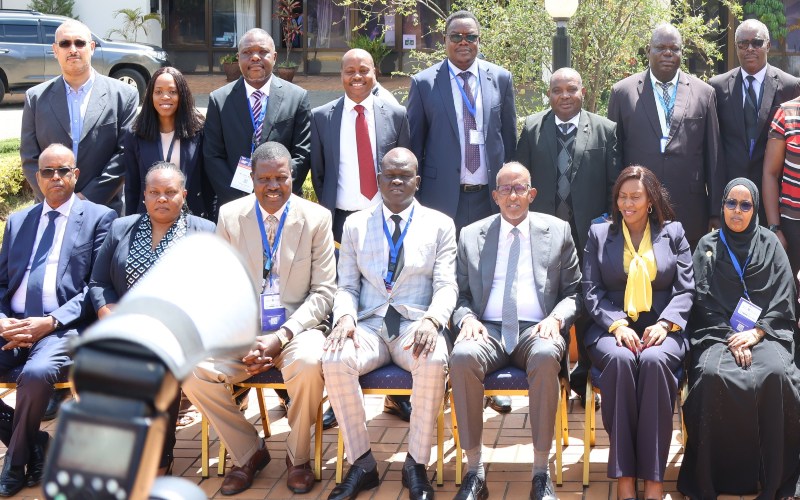Kenya’s private sector growth up for second month but outlook remains gloomy

The agriculture, manufacturing and construction sectors recorded declined sales, latest Stanbic Bank Kenya Purchasing Managers' Index shows.
Kenya's private sector saw an improvement in business conditions in November, marking the second consecutive month of continued recovery after the September dip.
The latest Stanbic Bank Kenya Purchasing Managers' Index (PMI), which gauges the level of private sector activities, rose to 50.9 in November from 50.4 in October, indicating a sustained expansion in the Kenyan private sector in the period under review.
More To Read
- Private sector warns against government plan to control business advocacy under new Bill
- CS Kagwe announces policy overhaul for sugar, tea and miraa to protect farmers’ earnings
- Factory farming in Africa: Development banks see it as a good idea, but it’s bad for the climate
- AU calls for rapid tech adoption in farming to shield continent from food crises
- CS Kagwe urges bold reforms in agriculture sector as Intergovernmental Agriculture Forum opens in Naivasha
- Kenya wants China to remove tariffs on coffee, tea, avocados as trade imbalance persists
"The rate of growth was the highest in six months, but only marginal," reads the Index report.
The headline figure had dropped to 49.7 in September from 50.6 in August, indicating a slight deterioration in the health of the Kenyan private sector economy.
Readings below 50.0 signal a contraction in activity, while those above 50.0 indicate expansion.
The lender attributes the continued upward trajectory in November to improved output and new orders amidst stable employment.
"New orders grew at the fastest pace in six months, with improvements in consumer spending and increased travel contributing to higher sales. However, this was not broad-based, but only in the wholesale and retail and services sectors," the Index says.
The agriculture, manufacturing and construction sectors recorded declined sales, it adds in part.
"Employment levels remained in expansion for a second consecutive month, although jobs growth was slower than in October. Hiring was associated with increased workloads, more generous marketing budgets, and improved orders."
Additionally, firms noted that higher sales supported increased purchasing activity, which grew at the fastest pace in over two years, and inventories were boosted to cater for strong demand.
According to Christopher Legilisho, an economist at Standard Bank, the sector's outlook remains gloomy despite the past two consecutive months of pick-up.
"With positive economic momentum, input and output cost pressures increased due to higher taxes and increased outlays by firms to support higher sales volumes. Despite the notable improvement in current conditions in November, firms remain gloomy about the outlook," Legilisho said.
In real-time figures, just eight per cent of the surveyed firms expect activity to rise over the next 12 months, with comments relating positivity to new marketing, digital technologies and branch openings.
Top Stories Today













































